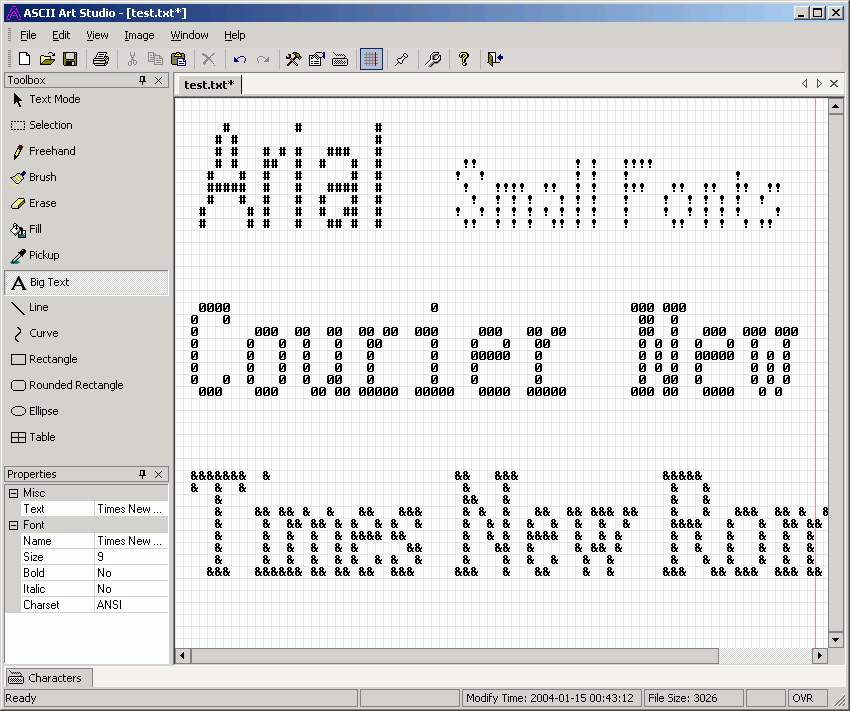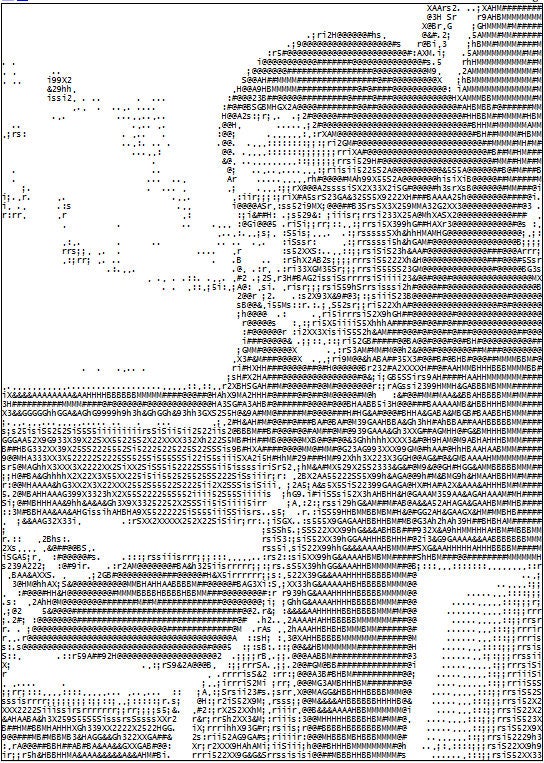
> from art import * > art_1 = art ( "coffee" ) # return art as str in normal mode > print ( art_1 ) c > art_2 = art ( "woman", number = 2 ) # return multiple art as str > print ( art_2 ) ▓⚗_⚗▓ ▓⚗_⚗▓ > art ( "random" ) # random 1-line art mode '(っ◕‿◕)っ ' > art ( "rand" ) # random 1-line art mode 't(-_-t) ' > art ( 22, number = 1 ) # raise artError Traceback (most recent call last). This function return 1-line art as str in normal mode and raise artError in exception. ⚠️ ART 4.6 is the last version to support Bipartite art 1. it is an astonishing absence of basic minimal functionality for such a tool.⚠️ Some environments don't support all 1-Line arts this in-between level of detail where it pretends to give me timing information for each bit in a whole packet, while actually not giving me enough information about even a single bit to provide useful information…it’s just not valuable.īut i am *really* dismayed that the fact that the transition on the data line happens immediately *after* the clock-rise is obscured in this example.
#ASCII ART BOX SERIAL#
but then to describe a serial protocol, you should just be telling me about bits using 0b0100 or 0x4 sort of notation. it’s worthwhile to show a single bit in detail, to elucidate all of the timing constraints (minimum and maximum rise/fall times, acceptable delays between clock transition and data transition, etc). Tbh, i am not that crazy about overused timing diagrams. that way the important timing information is represented because i am deciding what needs to be represented! asciiwave obviously does a poor job of figuring out which information needs to be adequately represented and which can be lost in a blur / alignment infelicity. To me, it is the same problem as schematics and if i need to do it i will make my own ascii art by hand (or use a vector language like svg, for presentation).

crazy unicode characters! some sort of bold? and then even in the example at the head of this article, the timing information - the only useful thing there - is completely lost. but the ascii output here is absolutely unusable. Yeah i’m pretty interested in descriptive languages like the one that wavedrom uses…and i find svg pretty useful even though it’s not that much fun to write directly.
#ASCII ART BOX SOFTWARE#
Posted in Microcontrollers, Software Hacks Tagged ascii art, json, timing diagram, verilog, wavedrom Post navigation So if you’ve found WaveDrom useful, but wish you could generate ASCII versions, here’s your solution.

It reads the exact same format that WaveDrom uses, but generates an ASCII-art timing diagram instead. It accepts timing diagrams expressed as JSON data, and renders nicely-readable digital timing diagrams as images directly inside one’s browser.Īs cool and useful as that is, images can’t be pasted into text fields. WaveDrom itself is a nifty JavaScript tool that we have covered before. Unlike images, ASCII timing diagrams are suitable for pasting into comment fields, change logs, or anywhere else that accepts text only.

That’s what led to create asciiwave, a fantastic tool that turns WaveDrom timing diagrams into ASCII art. We all use text-based fields at one time or another, and being limited to ASCII only can end up being a limitation.


 0 kommentar(er)
0 kommentar(er)
